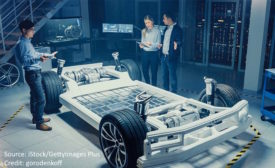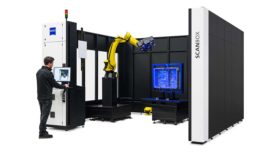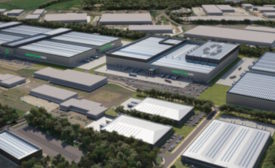Home » ev batteries
Articles Tagged with ''ev batteries''
NDT | Trends
Electrification will drastically change our energy consumption in the coming years, and with it our everyday lives.
Read More
Test & Inspection
How CT Quality Analysis of EV Batteries Can Help Address Demand and Performance
Higher volumes of new batteries and faster turnaround of recycled materials from those batteries—along with testing of used and repurposed ones—demand the most efficient quality-inspection approaches possible.
September 27, 2024
Management
Electric Vehicles and a Systematic Approach to Climate Change
The urgency of addressing environmental issues cannot be overstated. To achieve a sustainable future, we must adopt this approach that considers the interconnections between social, economic, and environmental factors.
August 23, 2024
Vision & Sensors | Battery
Image Processing in Battery Cell Manufacturing
Machine vision is an elementary part of quality assurance in battery cell production and is used in a variety of production steps.
August 13, 2024
Quality Headline
Integrals Power Launches UK’s Zero Emission Pilot Plant to Accelerate LFP Battery Manufacturing Industry
July 24, 2024
NDT | XRF
Ensuring the Quality of Lithium Ion Battery Manufacturing Amid Surging Demand
As the demand for Li-ion batteries continues to rise, efficient manufacturing and recycling practices become imperative.
July 11, 2024
Automated Inspection
Automating EV Battery Tray Inspection Increases Speed of Information
Many EV manufacturers are still searching for the optimal inspection method for the battery tray.
April 19, 2024
Quality Headline
Greenpower Park to Establish UK as Center of Clean Energy, Electrification
March 29, 2024
Quality Headline
GlobalData: EV manufacturers looking for innovative electrode active material suppliers
February 22, 2024
Stay in the know with Quality’s comprehensive coverage of
the manufacturing and metrology industries.
eNewsletter | Website | eMagazine
JOIN TODAY!Copyright ©2025. All Rights Reserved BNP Media.
Design, CMS, Hosting & Web Development :: ePublishing








